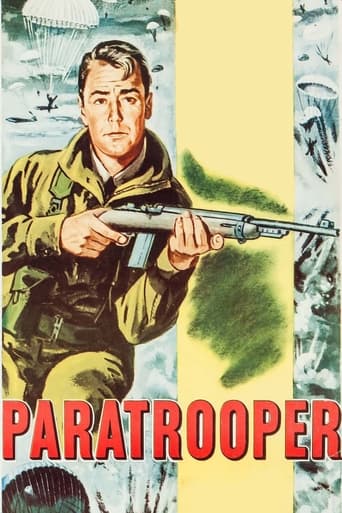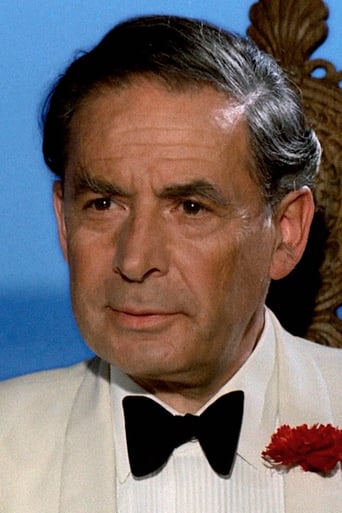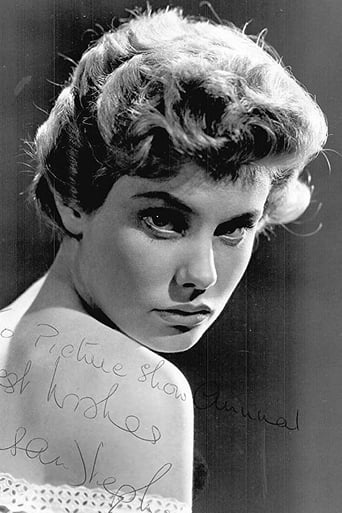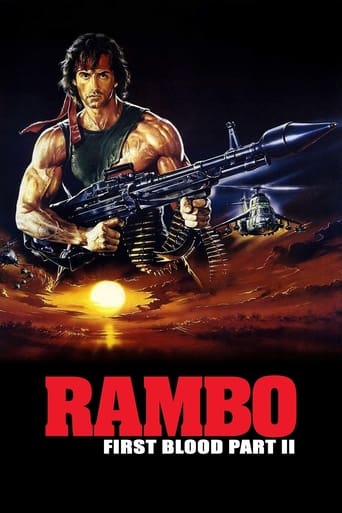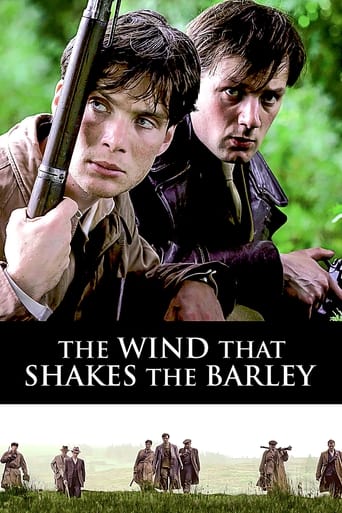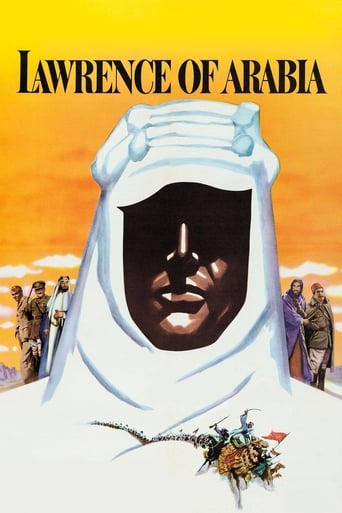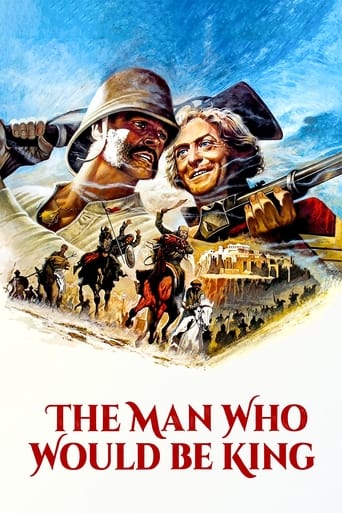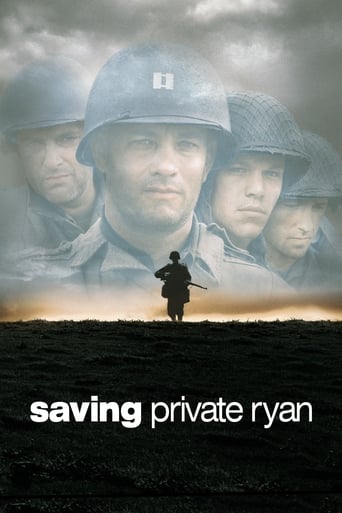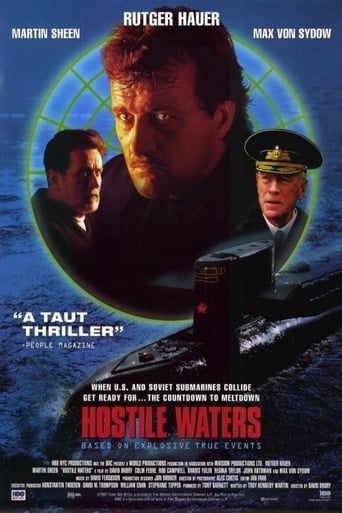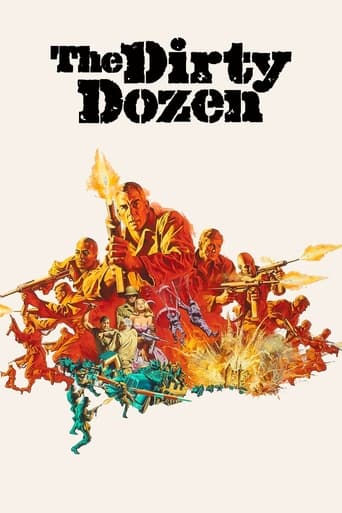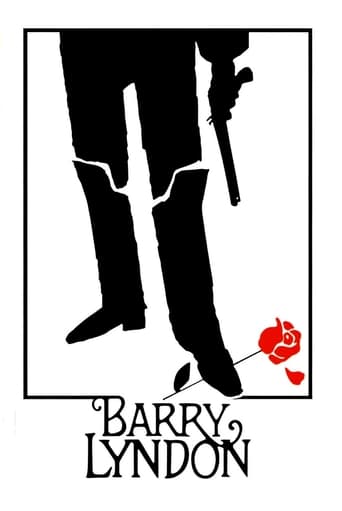The Red Beret (1953)
Steve MacKendrick resigns from the US Army after causing the needless death of a fellow officer. Wanting to serve in the war, he enlists as a Canadian in the British 1st Parachute Brigade. He proves himself exceptionally skilled for a recruit, arousing the suspicion of his commanding officer who starts an investigation. He redeems himself during combat. The film was titled "Paratrooper" in the US.
Watch Trailer
Free Trial Channels
Cast


Similar titles
Reviews
Instead, you get a movie that's enjoyable enough, but leaves you feeling like it could have been much, much more.
In truth, there is barely enough story here to make a film.
The movie's not perfect, but it sticks the landing of its message. It was engaging - thrilling at times - and I personally thought it was a great time.
Worth seeing just to witness how winsome it is.
THE RED BERET 1953This 1953 Technicolor war film about British paratroopers was produced by Warwick Films and released through Columbia Pictures. The film stars Alan Ladd, Leo Genn, Donald Houston, Harry Andrews, Susan Stephen and Anton Diffring.The film starts in 1940 at a training base in the UK. The lead, Alan Ladd, is an American who had joined up in Canada to get into the war. The recruits are all going through some rigorous training designed to weed out the less qualified.Ladd, has a run in with one of the instructors, Stanley Baker, and shows the man up. This draws the attention of the senior officer in charge, Leo Genn. He marks Ladd as a possible officer type.Ladd soon strikes up a friendship with one of the female parachute packers, Susan Stephen. Ladd, is the loner type and the two have sort of a love hate relationship. The instructor Ladd had a run with, Stanley Baker, is killed in a training accident. This seems to have a change on Ladd.The men who survive the training are chomping at the bit for a spot of real action. The Regiment is soon assigned to be part of a raid on occupied France. They are to drop on a German radar station and steal secret components from the radar equipment.The raid comes off, but not without a hitch or two. Several of the paratroopers are killed and others are captured. The men head to the sea for rescue by the Royal Navy. The pick-up is a close run thing with the Germans in hot pursuit.It is now November 1942 and the Regiment has a new mission. The Allies have just landed in North Africa and are now in the rear of the Rommel's Africa Korps. The Regiment is to be dropped in front of the advancing Allies. The Paras are to destroy an important airbase before the German can use it.The drop happens but there is a slight problem. The German types have already occupied the base. A first rate donnybrook is needed to chase the German crowd off. Explosives are now laid and the base is put out of commission for when the German's take the base back. The surviving paratroopers now take off on foot towards the advancing Allied forces.Needless to say the German are not amused with the idea, and set off after the Paras. They corner the Brits on a minefield and it looks like the end of the Regiment. The Paras are taking more than a few losses when Ladd comes up with a plan. He uses a captured German panzerschreck (bazooka) to blow a path through the minefield. Ladd's action and the timely arrival of the Allied forces save the paras from being wiped out.An interesting film that plays out better than one is expecting. The film is based on a non-fiction book of the same title. It was the first of three films Ladd would make for producers, Irving Allen and Albert R Broccoli's company. The other two were THE BLACK KNIGHT and HELL BELOW ZERO. Broccoli would become famous as the producer of the James Bond films.The direction was by another Bond regular, Terence Young. Young would be the helmsman on three of the first four Bond films. Another Bond type, screenwriter, Richard Maibaum adapts from the H.S.G. Sanders book. Maibaum wrote the screenplays for 13 of the Bond films.The film was a massive money maker bringing in 7 million over production costs. (Ladd cleaned up as he had a deal for 10 percent of the profits over 2 million dollars) The film was released the same year as Ladd's masterful turn in the western, SHANE.
I've no real idea why Alan Ladd shot three films in England in 1953 and 1954 though I guess my speculation is as good as that of the next guy. He shot to stardom in 1942 and, under contract to Paramount, appeared in a string of box-office successes throughout the decade. He was never going to give us his Hamlet, Macbeth, Hotspur etc, but he did have a nice line in effortless charm and knew how to carry a gun authentically. By the early fifties his kind of thick-ear melodrama was on the wane (yet ironically his greatest role, in the finest film with which he was ever associated (Shane) came right after Red Beret. I don't know whether it was written into his contract but his was the highest profile by a country mile and the Producers surrounded him with whatever members of the Second Eleven - Leo Genn, Donald Houson, Stanley Bker, Patrick Doonan, Harry Andrews et al who weren't working at the time and, for good measure, gave him a charisma-free non-actress with all the sex appeal of a wart hog. The plot? Don't ask. A natural leader Ladd consistently refuses to become an officer and the reason is, of course, that he blames himself for the death of a friend whilst both were serving in the US armed forces. Just about passes the time.
At the time this film was made (1953) many of the men who took part in ww2 wearing the RED BERET were still around and expecting to see a movie depicting what they had accomplished, and the opening text pays tribute to them somewhat, the film then goes on to a disappointing plot about an American leading man Alan Ladd,whose sole purpose seems to be to sell the movie in the U.S. The action depicting the raid on the Bruneval radar installation is o.k. but the later action which I think is supposed to be the fight in Tunisia gives a very seedy type of appearance,amateur,and certainly unconvincing acting and generally cheap looking sets, possibly a gravel-pit somewhere,(I guess most of the budget was spent on the leading star's salary) although the training scenes were very accurate. It was shot at R.A.F. Abingdon,near Oxford, the Parachute Training School at that time, the Guardroom at the rear gate can be recognized, where they are issued with their Red Berets.Considering all the hard fighting that this regiment actually did in fact do in so many places this had the potential to be a great movie. What was required was a good plot,a good script and less of a romantic storyline and some tight direction, sadly this did not happen and no serious attempt at a movie was made about the heroic actions of the Airborne Forces until "A Bridge Too Far". Other movies like The Cruel Sea, Twelve O'Clock High, Bridge on the River Kwai, King Rat and Das Boot etc.depict the sacrifices made by these men accurately I think, the men who wore the Red Beret must have left this screening very disappointed,I certainly did. Worth having a copy in your collection as I have, if only to think of what might have been.
This is the thinly disguised story of real life hero John Frost. Portrayed in this film by Leo Genn and called Maj. Snow (I said the disguise was thin).Lt Col John Frost led the small group of paratroopers who actually got to the bridge in A Bridge Too Far (1977) (where he was played by Anthony Hopkins). Despite only having a few hundred men instead of the whole brigade that they expected to get there, they still held out for four days against an S.S. Panzer group. John Frost got his knees damaged by a mortar bomb so spent the rest of the war in a P.O.W. camp. In this film Maj. Snow gets wounded in the legs by a grenade but is carried to safety by his men.But Arnhem was just the final move in an amazing wartime career. Frost was one of the earliest volunteers in the newly formed parachute regiment at the start of the war. As a Major, he led the successful raid on the German radar station at Bruneval where radar specialist Sgt Cox (Sgt Box in this film) dismantled the German unit and brought it back to Britain along with some of the operators so that the British could understand the limits of the German radar system. This happened in a very similar way to the raid portrayed in the first part of the film.The next raid Frost led was on an airfield in Tunisia, just like the second raid in the film. In real life, as in the film, the raid on the airfield was a success but they had some problems getting back to their own lines.Frost then led the parachute drop on Sicily and a further raid in Italy before his wartime career finished at Arnhem.This film is quite well made and adapts the story well to fit Alan Ladd in without making it too obvious that he's only there to attract an American audience. The real heroes of this story are John Frost and the men of the Parachute Regiment.

